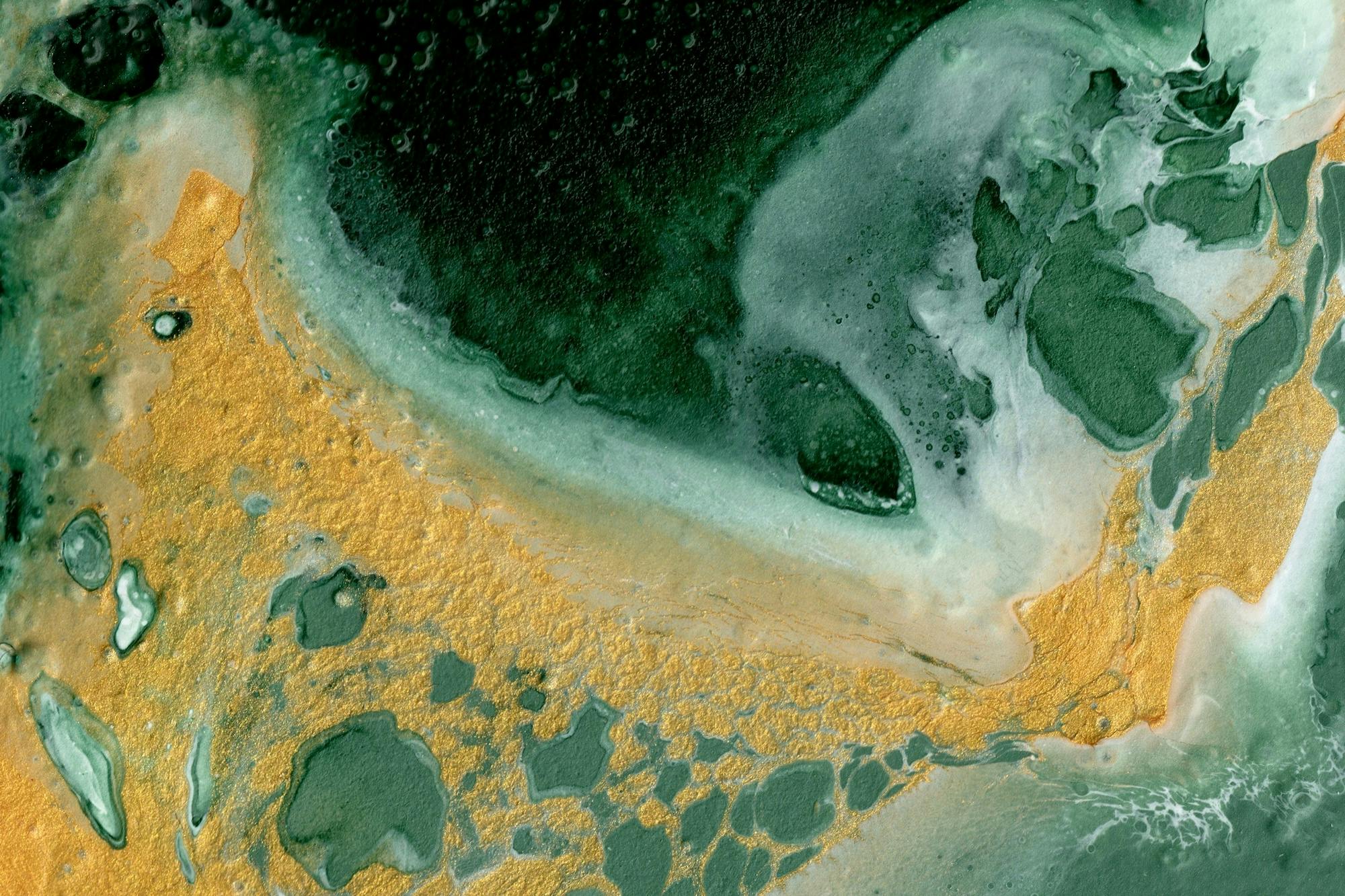
Explain NFTs Like I’m 5: The curious case of digital ownership

Imagine you have a super special sticker, one that no one else can copy or fake, even though they can look at it, take a photo of it, or print it out. That’s kind of like an NFT. Except instead of a sticker, it’s a digital thing, like a picture, a video, or even a tweet. And instead of a shiny sticker book, it’s stored on the blockchain, which is like a magical, unchangeable internet notebook that everyone agrees on.
But what’s so special about owning a digital thing? Can’t everyone just right-click and save the image anyway? Here’s where it gets interesting (and a bit weird): owning an NFT isn’t really about owning the digital thing itself, it’s about owning the unique and authentic copy of that digital thing. Confused? Let’s break it down by looking at what a NFT is not first.
Not a digital file
The NFT isn’t the digital file itself. The file — whether it’s an image, video, or sound clip — can be copied and shared endlessly, just like any other digital file. What makes an NFT different is that it represents a unique record of ownership tied to that file, not the file itself. Think of it like this: if the file is the artwork, the NFT is the signature and proof that says, “This one right here? It’s the original.” You’re not buying the pixels or bytes; you’re buying the verified status that comes with them, thanks to blockchain technology. That’s why even though others can see, save, or print the file, they can’t claim to own it the way you do.
Not a digital certificate of rights
Hence, some people think of NFTs as certificates of ownership, like the deed to your house. But here’s the catch: if you lose your house deed, you still own your house. The government, your neighbors, and your bank all agree that it’s yours. With NFTs, though, it’s different. Lose your NFT (say, by forgetting your wallet password), and it’s gone, forever. No one can restore it. It’s like your super special sticker falling into an abyss, never to return. So, an NFT isn’t exactly a certificate of rights. It’s more like the rights themselves, wrapped up in digital form.
So, if an NFT is neither a digital file nor a digital certificate of rights, then what is it exactly?
A signed copy that can’t be forged
Here’s another way to think about it: an NFT is like a signed copy of a book. Imagine your favorite author scribbles their signature in one particular copy of their novel. That’s the NFT. Other people can have identical books — they can even scan the author’s signature and print it out — but they don’t have the signed copy. Blockchain technology ensures that your signed copy is unique and verifiable, so no one can fake it or duplicate it. It’s the only one that everyone agrees is the real deal.
But what’s the point?
Now you might wonder, why does anyone care? Why pay millions for a digital thing you can’t hang on your wall? Well, it turns out people love owning rare stuff. And NFTs are a way to prove rarity and ownership in the digital world. Whether it’s a quirky cartoon monkey, a mesmerizing GIF, or a piece of virtual land in the metaverse, NFTs make it possible to own something in a space where everything used to be endlessly copyable.
As such, they can be seen as a new frontier for artists, creators, and collectors. After all, they’ve made it possible for digital artists to sell their work in a way that feels a little more tangible — even if “tangible” is doing some heavy lifting here. For the first time in history, digital artists can participate in the art market in a manner similar to traditional artists. Their work can be “collected,” assigned provenance, and auctioned off in marketplaces, creating entirely new revenue streams. This shift has empowered creators to monetize their digital creations without relying solely on commissions, advertising, or platform payouts.
Moreover, NFTs open the door to a broader recognition of digital art as a legitimate and collectible medium. For years, digital art struggled to find its place in the traditional art world, largely because of its infinitely reproducible nature. But with NFTs, digital pieces gain a new kind of scarcity — one that aligns more closely with the world of physical art. It’s not just about selling a file; it’s about creating a connection between the creator and the collector, much like owning a signed painting or a limited-edition print.
This newfound ability to “own” digital art is significant not just for artists but for culture as a whole. It challenges long-standing assumptions about creativity, ownership, and value in the digital age. Whether you love them, hate them, or just don’t get them yet, NFTs are forcing us to rethink what it means to own something in the digital world.



